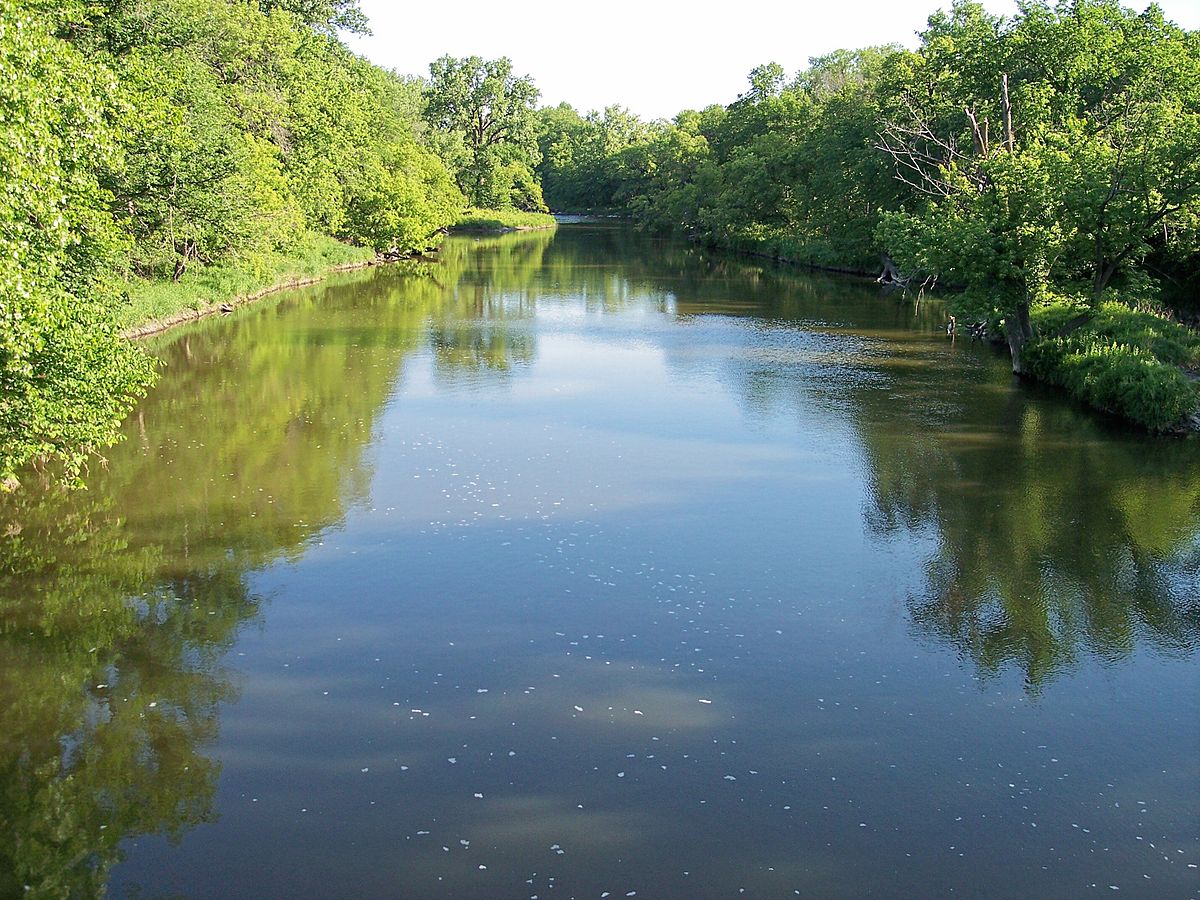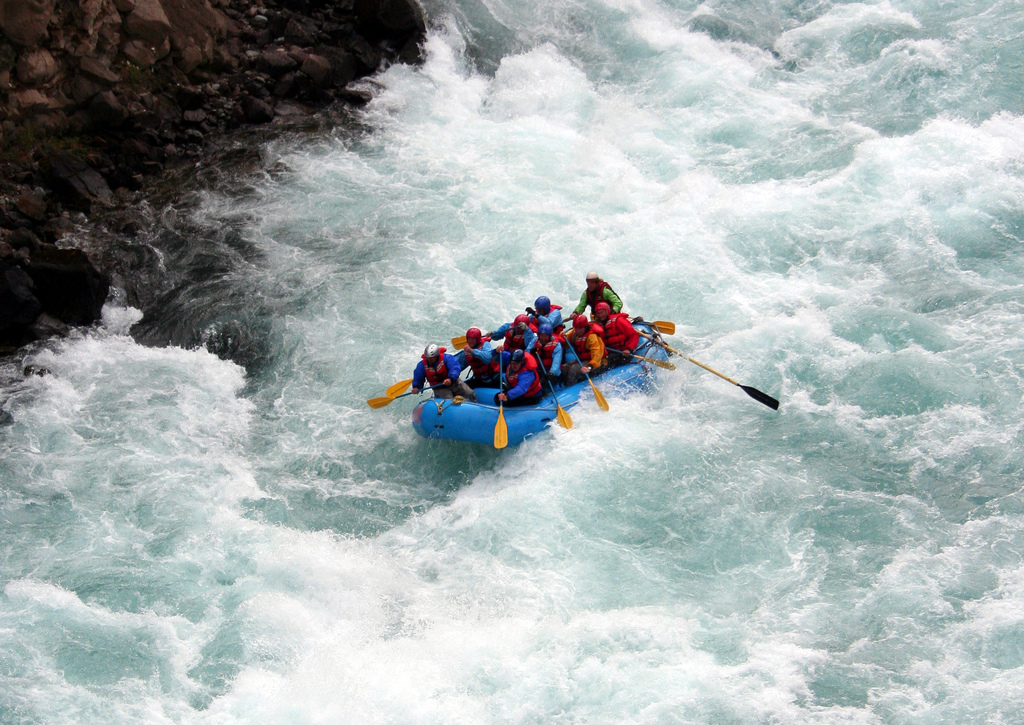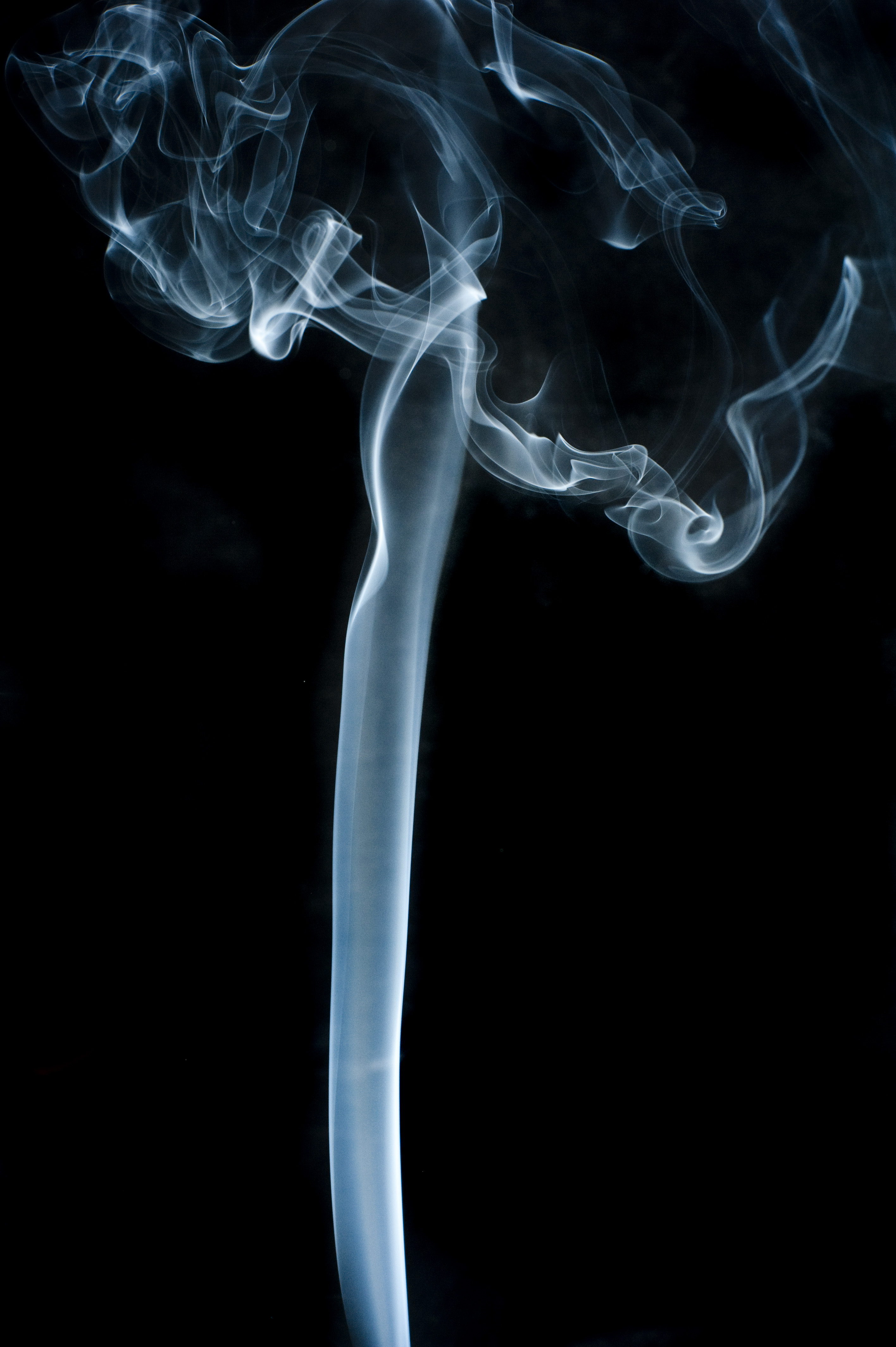Transition from Laminar to Turbulence
Module 2 – What causes a flow to be laminar or turbulent?
You try:
- 11. What do you think are the possible factors that are making the water behave differently?
In this tutorial, we will explore the factors for controlling these different behaviours in fluids. Remember that a “fluid” is anything that flows in response to pressure; we see this behaviour especially in liquids and gasses.
Now let’s look at the cream experiment again.
You Try:
- 12. Below are the videos and the settings for each video. Looking at these, narrow down what you think the important factors are controlling laminar v. turbulent flow. What factors are changing from one video to another?
Here are the settings for each video:
- Both videos are slowed down to 1/8th of ‘normal’ speed.
Turbulent video – This is the end of the track (70-100 cm, 27-39 inches)
You try:
- 13. Clearly location has something to do with laminar v. turbulent flow, but what factors are changing as the cream moves down the track? (hint: remember our friend gravity)
Here’s some answers you may have figured out about what changes from the top of the track to the bottom of the track.
These things are controlling factors in the flow behaviour of the cream.
- length– the cream has travelled a short distance at the top of the track and a longer distance by the bottom of the track
- velocity – gravity accelerates the cream, so by the bottom of the track, it is flowing faster than at the top.
In this example, the only factor that is changing substantially is the length over which the smoke has travelled. Notice that there is a critical point where the flow transitions from laminar to turbulent.
Here is an example where the velocity of water changes and the flow goes from laminar to turbulent: (watch the first ~1 min)
Before the water reaches the bridge, the river is wide. Under the bridge, the channel is constricted, so the water flows faster. Notice there is a critical point where the water transitions from laminar to turbulent flow.
So far we have identified length and velocity as factors that control whether flow is laminar or turbulent. There is one more factor we need to identify.
You Try:
- 14. As you watch this video of flubber (see recipe at end), consider is it laminar or turbulent flow? Note that this is a time-lapse photo, so this was actually recorded over a ~30 min time period, so the flubber is flowing really slowly.
You Try:
- 15. What is the difference (material property) between flubber and cream? Since you may have never seen flubber in real life, consider that flubber is more like honey or molasses than cream.
Let’s put it all together. Earlier you identified length and velocity as factors that control whether flow is laminar or turbulent. From the examples of smoke rising and water flowing under a bridge, we saw that there was a critical point where the flow transitions from laminar to turbulent. Lastly, by comparing cream to flubber/molasses, we see that viscosity is a controlling factor. [a reminder that the more viscous a fluid is, the more ‘thick’ or ‘sticky’ it is, the more pressure it takes to make it flow.]
We can summarize all of these things in an equation – a sort of short-hand for the behaviour of fluids.
You Try:
- 16. For each factor (length, velocity, viscosity), does it need to increase or decrease in order to reach turbulent flow?
Now let’s take your answers to that question and write them in equation form. Remember that if you said that one factor needed to increase in order to increase the likelihood of turbulence, they are directly proportional. If a factor needed to decrease in order to increase the likelihood of turbulence, they are indirectly proportional. Remember that the way we write those types of relationships mathematically is like this:
You try:
- 17. Considering your answers to the last question, write length, velocity and viscosity into the above form of the equation.
Tada! You just developed the same equation that was introduced by Sir George Stokes and popularized by Osborne Reynolds! It is commonly written like this:
Where
Re = the Reynolds number
ρ (Greek letter rho) = density
v = velocity
L = length
μ = viscosity
You’ll note that density has suddenly appeared; we did not discuss this earlier because differences in density tend to be smaller than differences in viscosity for different common fluids. One example where density is important is water v. air. Air is much less dense than water and is much easier to get to turbulent flow.
Earlier we noticed that there is a critical point where the transition to turbulence occurs. We can discuss this in terms of a critical Reynolds number. The exact critical Reynolds number depends on the substance, but generally,
Re < 2000, laminar flow
Re > 4000, turbulent flow
Congrats! Now you are able to explain how a flow can transition from laminar to turbulent depending on velocity, length and viscosity!
Recipe for flubber:
¾ cup warm water
1 cup glue
(food coloring if desired)
½ cup hot water
1 tsp. borax (find it in the laundry aisle)
Step 1: Mix glue & ¾ cup water (and food coloring)
Step 2: mix borax with ½ cup water until dissolved
Step 3: pour borax mixture into glue mixture while mixing with hands
Warning: Flubber will seep into fabric and carpet and there’s no easy way to get it out. Keep flubber stored in an air-tight container so that it doesn’t dry out.



